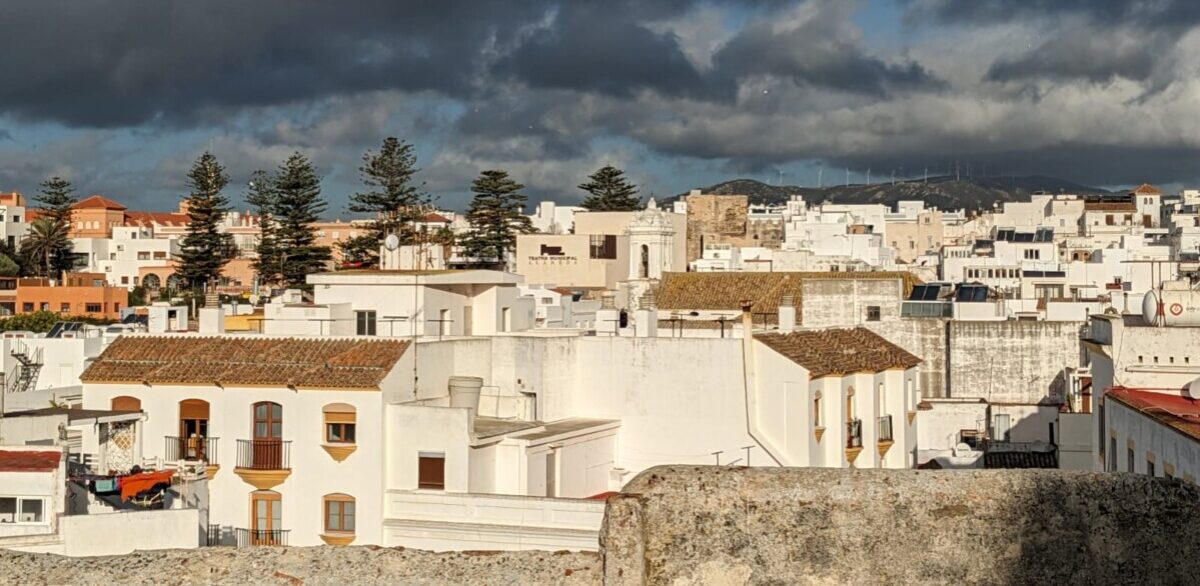The poem “Caged Bird” by Maya Angelou hooks the audience by presenting a vivid contrast between the experiences of a caged bird and a free bird, immediately drawing the reader’s attention to the theme of freedom and confinement. Angelou describes the trapped bird’s struggle using vivid imagery and sensory words, such as “bars of rage” and “shadow of the night.” The poem is easy to follow because it switches between the caged bird and the free bird. This helps the poem end strongly. The main audience is people who understand what it’s like to want to be free. The poem talks about things that everyone can relate to, like wanting to be free from something holding them back. The poem ends by showing how strong the caged bird is, giving readers hope. In my project, I want to use vivid pictures and comparisons to make people feel things and understand deeper ideas. I’ll make sure to stick to the main idea and not make things too complicated, so everyone can understand and feel connected to it.
Using Maya Angelou’s “Caged Bird” as a mentor text, we can see how our obsession with horror and the bird’s fight for escape are similar. Like a trapped bird longing to escape, horror gives us a controlled opportunity to face our fears and emotions. This all shows how, up until we discover a method to express and let go of them, our emotions might feel imprisoned, much like a bird in a cage.




OK